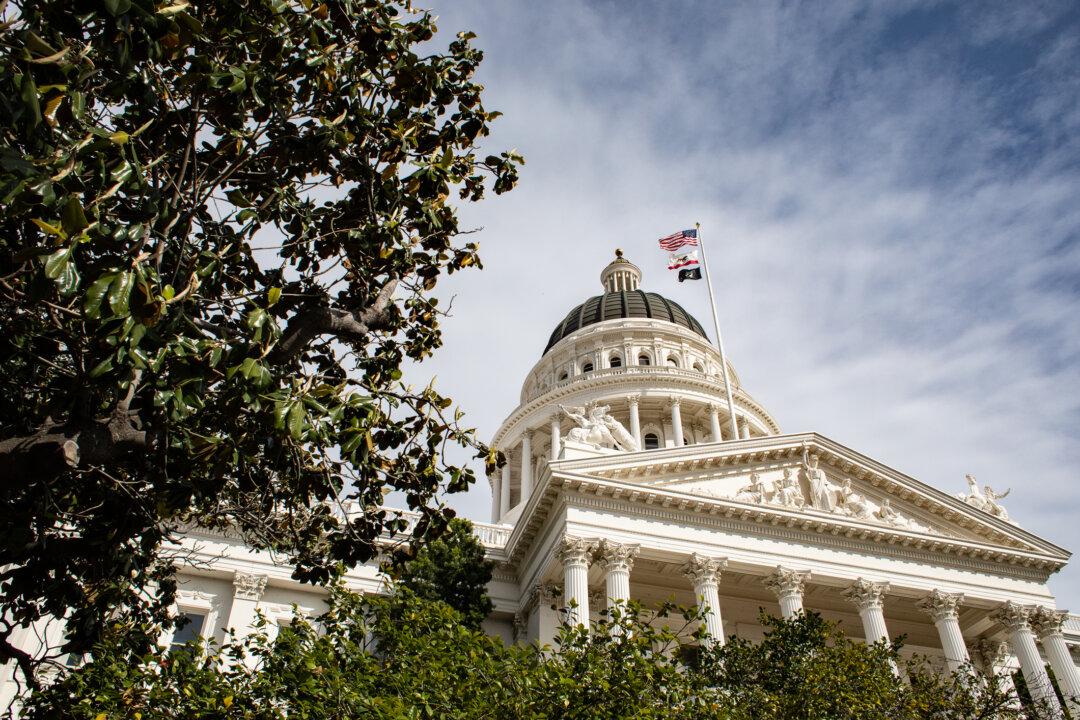In the 2023–24 fiscal year spending plan review (pdf) released Aug. 16 analyzing the state budget, the Legislative Analyst’s Office revised earlier estimates and found that the plan will resolve the state’s projected deficit.
“The enacted budget addresses the entire $27 billion budget problem such that no further solutions are required to balance the 2023-24 budget at this time,” Ann Hollingshead, principal fiscal and policy analyst for the Legislative Analyst’s Office and author of the report, told The Epoch Times by email Aug. 21.





